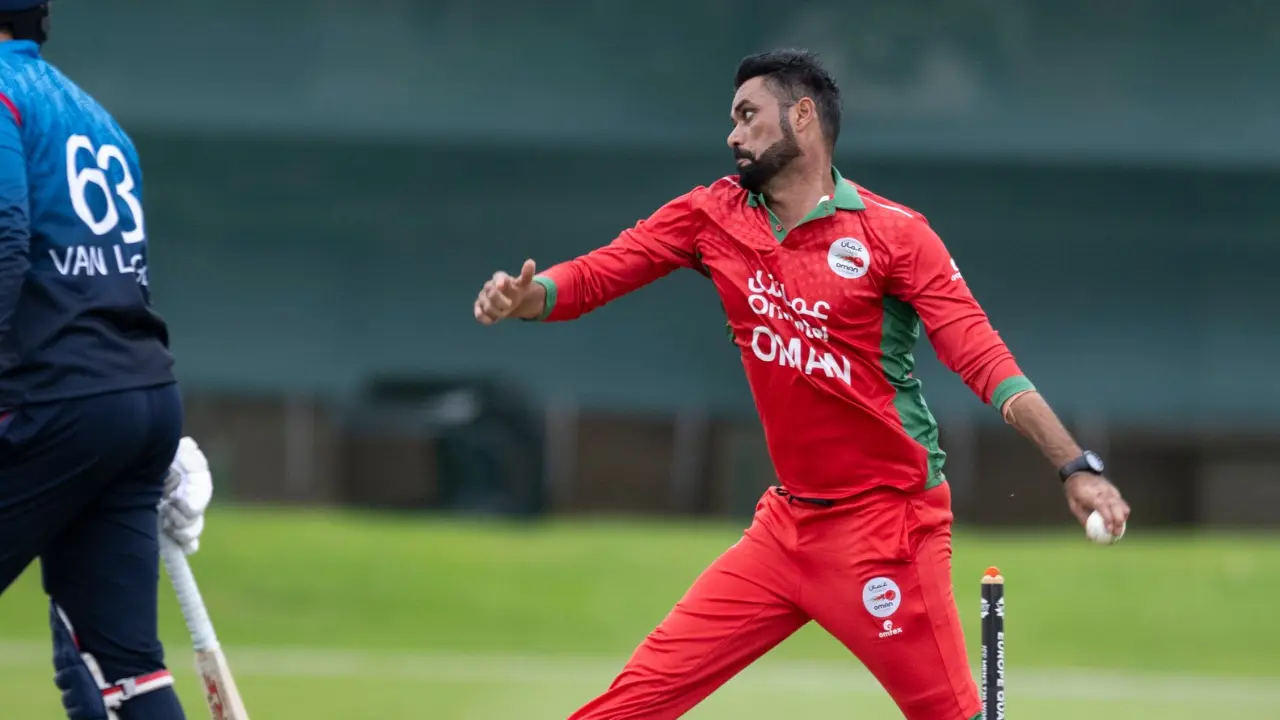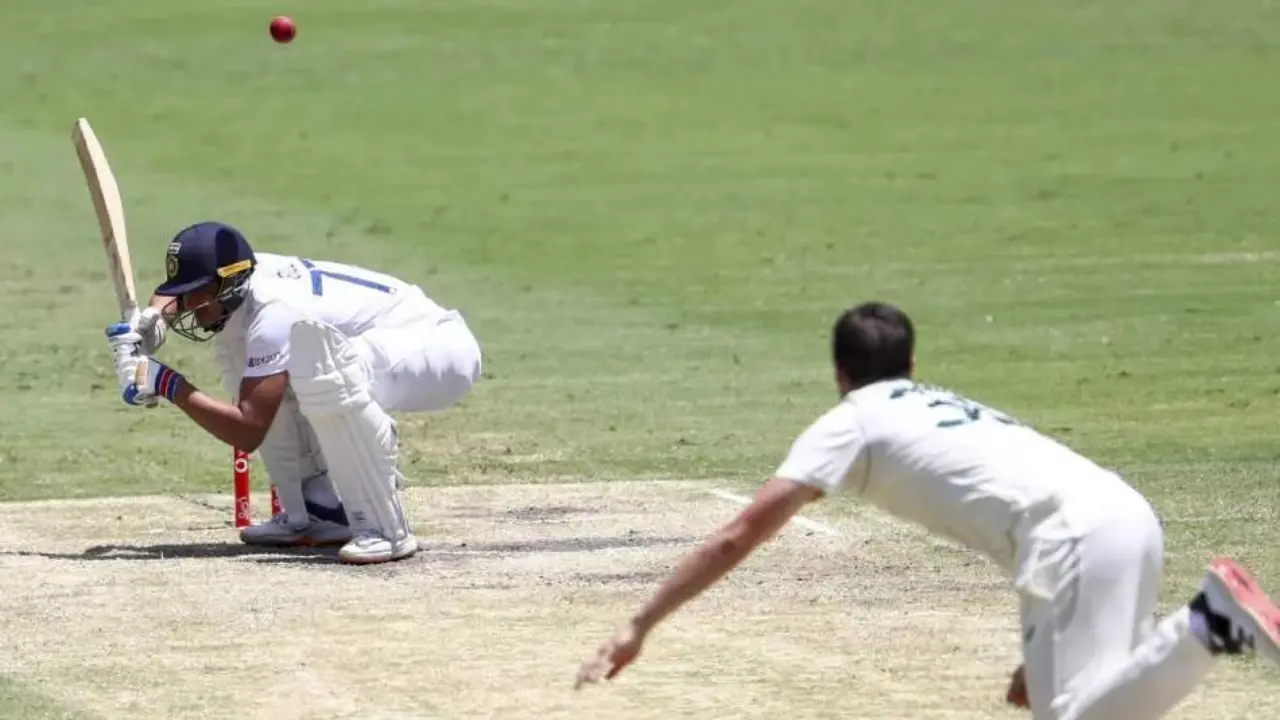Here are the fundamental rules every cricketer should know:
The Bowling Action
- Legal Delivery: A bowler's arm must remain straight during the delivery. The ICC strictly prohibits any bending or straightening of the elbow, often called "throwing" or "chucking."
- Ball Release: The ball must be released before the bowler's front foot crosses the popping crease. This ensures a fair delivery.

No Ball Rules
- Overstepping: If the bowler's front foot lands beyond the popping crease while delivering the ball, it's deemed a no-ball. This results in an extra run for the batting team and an additional delivery in the over.
- High Full Toss: A delivery that reaches the batsman on the full above waist height is a no ball. This rule aims to protect the batsman from potentially dangerous deliveries.
- Overarm Bowling: Bowling underarm without prior agreement from the batsman is illegal and considered a no-ball.
Wide Ball Rules
- Leg Side Delivery: Any delivery that passes the batsman too far on the leg side, out of reach, is called a wide ball. This ensures the batsman has a fair chance to play every delivery.
- Off-Side Delivery: A delivery that is too wide on the offside, out of the batsman’s reach, is also deemed a wide ball. This results in an extra run for the batting team and an additional delivery.
Bouncer Limitations
- Bouncer Rules: In limited-overs cricket, a bowler is allowed to bowl a maximum of two bouncers per over. A bouncer is a delivery that passes the batsman above shoulder height but below the head.
- Test Cricket: In Test matches, the rules are more lenient, allowing more short-pitched deliveries per over.

Bowling End and Change of Ends
- End Selection: At the start of the innings, the captain decides which bowler will bowl from which end. Bowlers can change ends after a certain number of overs.
- Switching Ends: Bowlers may switch ends after a break or between overs, provided they inform the umpire.
Fielding Restrictions and Powerplays
- Powerplay Overs: In limited-overs cricket, there are specific overs designated as powerplays where fielding restrictions apply. Only a certain number of fielders are allowed outside the inner circle.
- Fielding Limitations: There are also rules on the maximum number of fielders allowed on the leg side and inside the 30-yard circle to prevent defensive field placements.
Read the article - 10 Different Ways a Batsman Can Get Out in Cricket
Bowler’s Follow-Through
- Non-Striker's End: The bowler must not obstruct the non-striker or interfere with their running between the wickets during their follow-through.
- Pitch Invasion: The bowler must not repeatedly run on the protected area of the pitch during their follow-through to avoid damaging the pitch.
Appeals and Dismissals
- Appealing: A bowler can appeal to the umpire for a dismissal if they believe the batsman is out. Common dismissals include bowled, caught, LBW (leg before wicket), and stumped.
- Decision Review System (DRS): In international matches, teams can use the DRS to challenge the umpire’s decision. This includes reviewing LBW, caught behind, and other dismissals.

Understanding and adhering to these key bowling rules is fundamental for every cricketer. Not only do they ensure fair play, but they also enhance the strategic element of the game, making cricket the enthralling sport it is. Whether you're bowling in a local match or aiming for international glory, these rules will guide you in delivering your best performance.
Pic Credits: Twitter X / ICC

